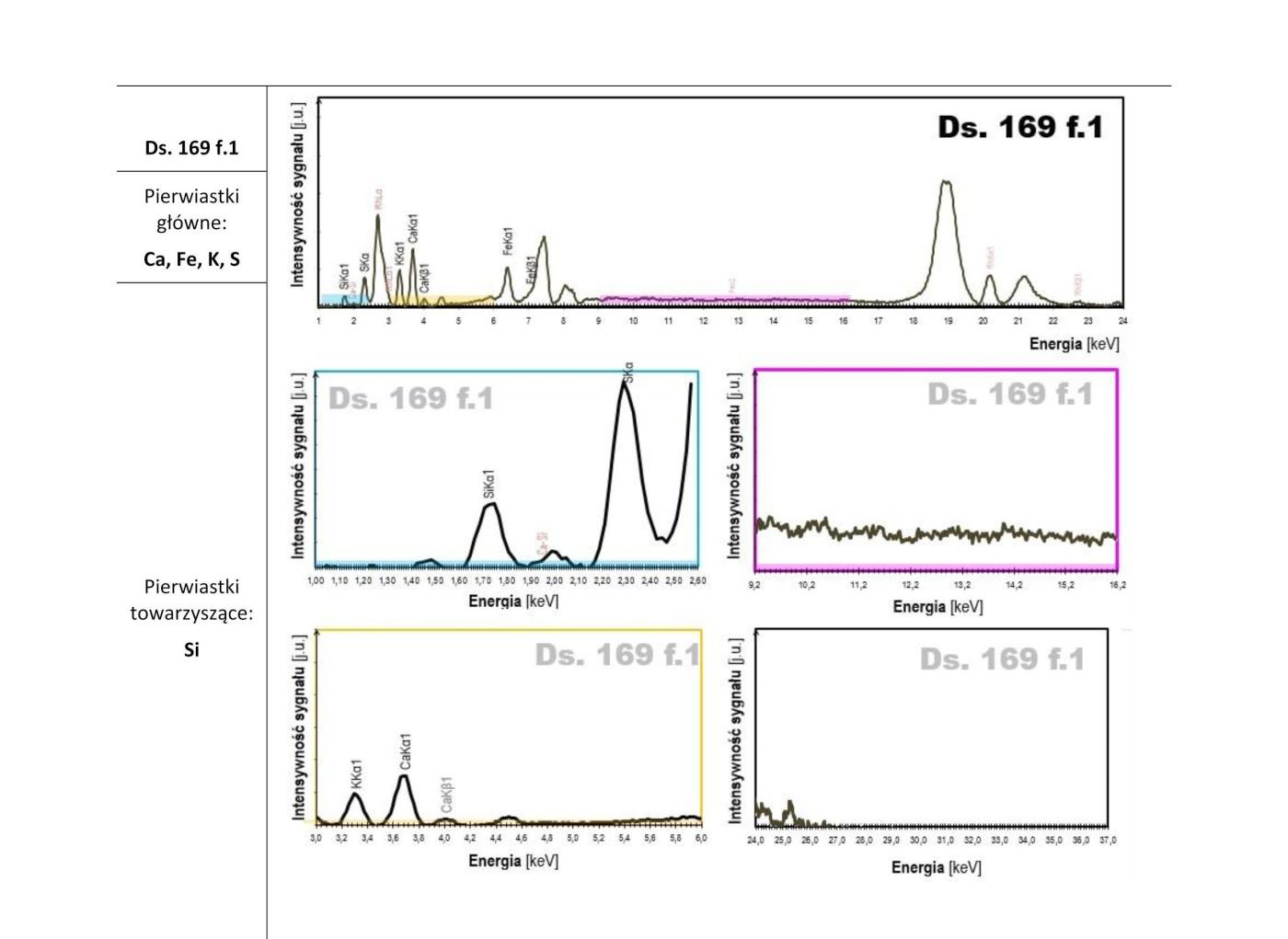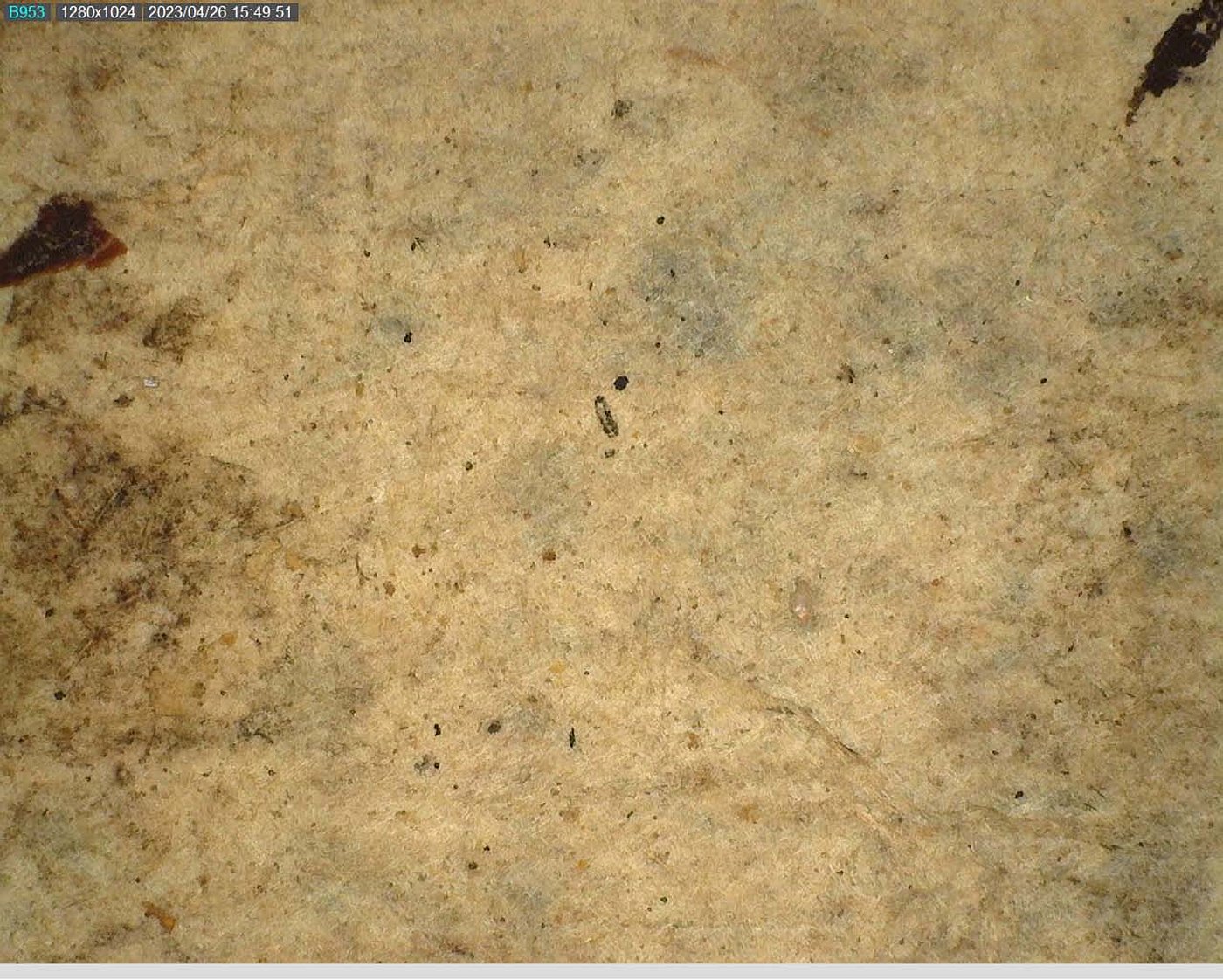DRANGSONG MANUSCRIPTS
| 1. Text number | Drangsong 169 | ||||||||||||||||||||||||||||||||||||
| 2. Text title (where present) in Tibetan |
༄༅།།ཁཾ་པ་སྐྱེག་ཟོར་ལགས་སོ།། |
||||||||||||||||||||||||||||||||||||
| 3. Text title (where present) in Wylie transliteration | Kham pa skyeg zor lags so/ | ||||||||||||||||||||||||||||||||||||
| 4. A brief summary of the item’s contents | A ritual text for the repulsion of misfortunes caused by the trigram kham. It involves a ransom ritual with an account of its origins and an explanation of its classification, intended to expel bdud demon and thereby prevent them from visiting disasters on humans and animals. | ||||||||||||||||||||||||||||||||||||
| 5. Number of folios | 3 | ||||||||||||||||||||||||||||||||||||
| 6. Scribe’s name | None | ||||||||||||||||||||||||||||||||||||
| 7. Translation of title | Kham disaster offerings | ||||||||||||||||||||||||||||||||||||
| 8. Transcription of colophon | khams pa’i skeg lto rdzogs so/ ’di yis gsogs la/ ’bim pa la rin po brdar la/ rta sngon po gcig la/ mi dkar po gcig skyon la/ phrag pa g.yas la mda’ gzugs/ phrag pa g.yon la ral gri dang gzhu zhub gzug go/ spyi bo’i gtsug tu smyug ma gcig la/ gser g.yu’i dod po ru/ gser chags dang g.yu chags gtong/ ltag pa la dar gyi brgyan/ ltag par nas dang nyung blug go/ rgyang bu nag khug sa la dkar rgyang lnga/ nam mkha’ de nang mtshungs/ yang 2 pa nag po la/ mi sngon po gcig skyon/ phrag pa g.yas pa la ’phang sngon po gcig la/ dar re bal mtshon btags pa bzhags/ dpral bar mtshe nyung btsugs so/ phrag pa g.yo pa la/ bkur ma’i gzugs byas la/ ong bkul la/ bal rgyab bcug la gzug go/ dpral gzi bzhug go/ rgyang bu nag khug la/ sngo rkyang pa byas la/ nam ka lnga lnga byas la gzug go/ de ma bdud la ’thug la btang ngo/ de gnyis gyer ’thur la/ tag la bskrad nas btang pas/ lto bzlog pa phan pa yin no/ kho bo snyon ston de ltar ’dod zer ba’i yig changs ’dug pa la dpe bcad cing/ mgyogs par ris su bris pa la dpe spyad cing bris pa dge’o/ gyer sogs ma ’dzol bar byed pa gal che bar yod par ’dra/ rgyud lung nas gsal bar gda’ zhing/ dgongs nas zhib par len par gal che’o/ dge zhing bkra shis/ | ||||||||||||||||||||||||||||||||||||
| 9. Translation of colophon | The ritual for [removing] obstructions related to the trigram kham is over. First, on the offerings, sprinkle filings of the precious metals. [Make an effigy of] a white man on a grey horse, with arrows on the man’s right shoulder, a sword and bow with its sheath on the man’s left shoulder, and a piece of bamboo on the crown his head sprinkled with gold and turquoise powder (or: gold- and turquoise-infused water?). The nape of his neck should be ornamented with a flag, and barley and mustard seeds should be dropped in there. (Instructions for the arrangements of other ritual objects follow: there should be splints (rgyang bu) and thread crosses, an effigy of a blue man riding a black horse, with a blue spindle with coloured wool on his right shoulder, ephedra and mustard on his forehead, a basket on his left shoulder, woolen wool stuffed in his buttocks and a gzi jewel on his forehead. These two ransom effigies have the function of repelling enemies.) It was I, the mad teacher, who needed such [a text], and taking one as an example wrote it out quickly; may it be auspicious! According to the teachings and root tantra, it seems important not to neglect chanting when performing this ritual, and to carefully observe and practise it. Virtue and blessings. | ||||||||||||||||||||||||||||||||||||
| 10. General remarks | Kham is the Tibetan name of one of the eight trigrams. These names represent their pronunciation in Middle Chinese, as can be seen below:
The term skyeg, also spelt keg, skeg, skag, or kag in different Tibetan spellings, is a type of misfortune that occurs on particular occasions at predictable intervals. They are the result of the relationship between the five elements, the eight trigrams, and the twelve zodiac signs, which may be in a relationship of harmony or antagonism. For each year of the zodiac and its corresponding eight trigrams, it is necessary to perform a ritual to offset disaster. |
||||||||||||||||||||||||||||||||||||
| 11. Remarks on script | dpe tshugs, ’khyug ma tshugs, dbu can | ||||||||||||||||||||||||||||||||||||
| 12. Format | Loose leaves | ||||||||||||||||||||||||||||||||||||
| 13. Size | 7 × 31 cm | ||||||||||||||||||||||||||||||||||||
| 14. Layout | |||||||||||||||||||||||||||||||||||||
| 15. Illustrations and decorations | This manuscript folio with red margins is drawn with the clumsy pictures of two human figures riding horses, both identified by captions and related to the main (incomplete) text.Each rider is associated with two attributes and several thread crosses (nam mkha’) ornamented with ribbons. The figure on the left is represented with an arrow hanging over his right shoulder and what may be a sword standing above his left shoulder, while the hatted figure on the right holds what may be a spindle in the right hand and an oblong dice marked with two pairs of circles in the left hand. Three thread crosses are planted on the head and the hindquarters of the first horse, and four on those of the second. A large arrow is drawn in front of the first rider and a sheathed bow together with an arrow in front of the second. The caption written below the first drawing identifies it as “one blue horse, one white man”, while that written on the right of the second drawing appears to command to “make(?) a black horse [and] a blue man”.[1] The space left on the leftmost part of the folio is occupied by the pictures of a thread cross together with a bow and an arrow and of the head of a horse, which may have been drawn in preparation for the main pictures.
The latter two follow in most respects the descriptions found in the text of the ritual and in its colophon, while ignoring small details such as which type of ornaments the figures should wear on their foreheads. To compare images and text in more detail, the first drawing appears closer to the description of the colophon, according to which the rider has an arrow above his right shoulder and a sword and a bow sheath above his left shoulder. By contrast, the description of the ritual text has it that both the arrow and the sword surmount the rider’s right shoulder, while the bow sheath and what may be a shield (skyabs) surmount his left shoulder. The same applies to the second drawing whose rider is described as a woman and without indication about her left-hand attribute in the ritual text. These drawings served as models for making effigies of the man and the woman of the trigram Kham and the horses of Kham on which they are mounted. Together with other ritual objects, these effigies would have been offered as ransoms (glud) in order to remove the obstructions related to this trigram. Iconography-wise, a very similar folio is appended to the manuscript Ds 081, which is dedicated to the same text as the present one. [1] These inscriptions read: § rta sngon po 1 / mi dkar po 1 ; § rta nag po mi sngon po 1 bya. |
||||||||||||||||||||||||||||||||||||
| 16. Paper type | Both laid (f. 1) and woven (f. 2–3), 1 layer, smooth | ||||||||||||||||||||||||||||||||||||
| 17. Paper thickness | 0.11–0.18 mm (f. 1)
0.06 – 0.10 mm (f. 2–3) |
||||||||||||||||||||||||||||||||||||
| 18. Nos of folio sampled | f. 1 and f. 2 | ||||||||||||||||||||||||||||||||||||
| 19. Fibre analysis | |||||||||||||||||||||||||||||||||||||
| 20. AMS 14C dating | |||||||||||||||||||||||||||||||||||||
| 21. XRF analysis | |||||||||||||||||||||||||||||||||||||
| 22. RTI | |||||||||||||||||||||||||||||||||||||
| 23. GCMS |



